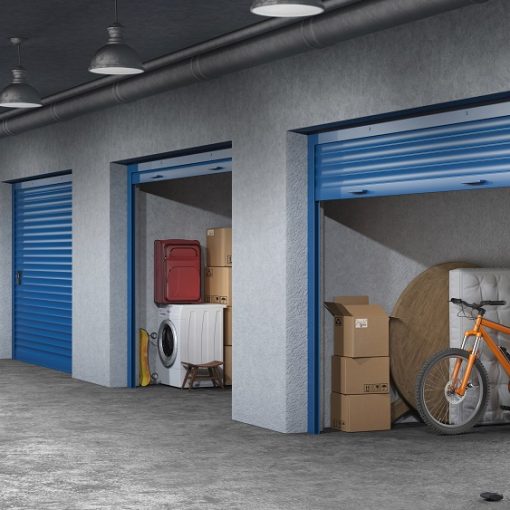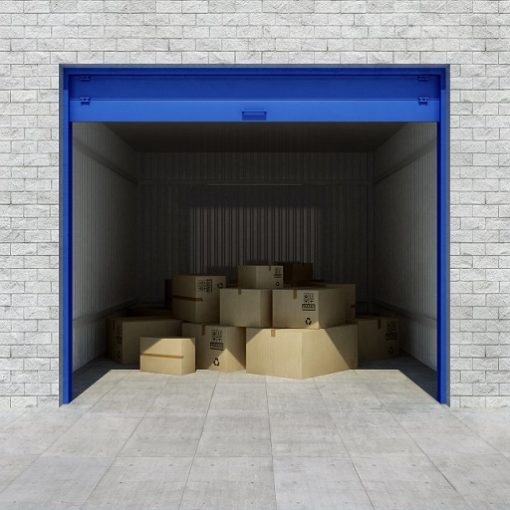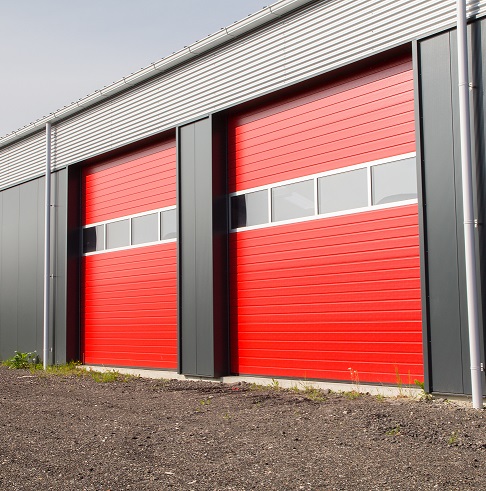Why Downsizing Happens and What It Really Means
Downsizing isn’t just for retirees or people moving into smaller homes. It’s a decision more people are making across Calgary for many reasons. Sometimes it’s about saving money. Other times, it’s about simplifying life or adjusting to a new phase such as an empty nest, divorce, or job relocation. Downsizing means letting go of excess space, not necessarily your comfort or lifestyle.
That is to say, it’s less about sacrifice and more about making space for what really matters. As a result, many people find that downsizing brings a sense of relief and clarity. Still, it comes with practical challenges that need to be handled with care. One of the biggest ones is figuring out where to put the things you don’t want to lose, but can’t bring with you.
The Emotional Side of Letting Go of Stuff
Sorting through years of belongings can be emotionally exhausting. Each drawer might hold items with memories attached. Likewise, deciding what to keep, donate, or discard can become a heavy mental load. It’s not always about clutter either. Sometimes it’s family heirlooms, holiday decorations, or off-season gear that’s still useful but not needed daily.
However, the process becomes more manageable when you know you don’t have to make all the decisions right away. A storage unit can act as a middle ground. For instance, you can place items in storage while you decide what their long-term future should be. This slows down the pace and gives you room to think clearly, free from pressure.
How Storage Creates Breathing Room in the Downsizing Timeline
One of the best parts of using a storage unit during downsizing is that it gives you flexibility. Let’s say your house sells faster than expected. Or maybe your new place isn’t ready yet. In these situations, temporary storage keeps you from having to rush big decisions. Most importantly, it keeps your belongings safe until you’re ready for them again.
Meanwhile, it can also help with staging your home to sell. Homes often show better with minimal furniture and decor. You can store personal items, extra chairs, or big furniture to make rooms look more spacious. To clarify, this doesn’t mean you’re throwing anything away. You’re simply setting it aside to improve your chances of a smoother sale and transition.
Choosing What Goes Into Storage and What Doesn’t
A helpful trick when downsizing is to sort items by frequency of use. Ask yourself: Have I used this in the past six months? Will I need it in the next six? If not, it’s a candidate for storage. For example, camping gear, seasonal clothing, keepsakes, and hobby equipment are common choices. On the other hand, items you use weekly or daily should go with you.
In addition, a simple labeling system can make retrieval easier later. Use bins with clear labels like “Holiday Decor,” “Winter Gear,” or “Childhood Keepsakes.” This helps avoid the common mistake of dumping everything into boxes without knowing what’s inside. Most importantly, you’ll thank yourself when it’s time to unpack or reorganize later.
Matching Storage Unit Sizes to Your Needs
Not all storage needs are the same. Some people just need a small unit for a few boxes of paperwork, books, or extra clothes. Others need space for large furniture, tools, or even full room contents. To clarify, unit sizes vary greatly and it’s worth understanding how much space your items will actually take up.
To make the right choice, measure your furniture and stack boxes by estimated volume. Many local facilities offer guides or even virtual tools to help estimate space. If you’re unsure, visiting the location can help. For those looking for reliable self storage in Calgary, it’s a good idea to prioritize clean, well-maintained spaces that offer easy access.
Preventing Damage During Storage
Packing for storage is different from packing for a move. In storage, items will sit undisturbed for months or even years. Therefore, how you pack can greatly affect their condition. Use plastic bins instead of cardboard where possible. They hold up better over time and resist moisture.
Likewise, wrap furniture with blankets or moving pads to avoid scratches and dents. For electronics or fragile items, add moisture absorbers or silica packets inside the boxes. Avoid storing anything that might spoil, leak, or attract pests. As a result, your belongings will stay in good condition and be ready to use when you retrieve them.
Access Matters More Than You Think
When choosing a storage unit, consider how often you’ll want access to the items inside. Some people rarely visit their unit after the first drop-off. Others make monthly or seasonal trips. For instance, if you store camping gear, holiday decor, or sports equipment, you’ll want easy access when the time comes.
In that case, look for drive-up units or those with extended access hours. Think about how the location fits with your daily routine or commute. Proximity can make a huge difference. Being close to your storage unit can save time and reduce stress if you find yourself needing items you didn’t expect to need so soon.
Downsizing Without Regret: Give Yourself Options
People often feel unsure about letting go of furniture, artwork, or sentimental keepsakes. Consequently, regret can sneak in once those items are gone. That’s where storage can help buffer your decisions. You don’t have to make everything final right away. You can store items temporarily and decide later when your emotions have settled.
Similarly, if you’re combining households or moving in with a partner, storage allows you to merge slowly. That way, duplicates or overflow can be dealt with on your own terms. If something doesn’t fit your new space but is too valuable to lose, having a storage plan makes that adjustment easier to handle.
Simplifying Shared Living Transitions
Sometimes downsizing means moving in with others—whether it’s into a partner’s home, with family, or into a smaller shared rental. These transitions often come with space limitations. As a result, compromises need to be made on what furniture or belongings stay. A storage unit becomes a simple solution for things you want to keep but don’t want to cause clutter.
For example, if two people both have couches, beds, or dining sets, one set can go into storage. This creates a smoother blend of households without permanent decisions upfront. Most importantly, it gives everyone peace of mind knowing nothing has to be sold or given away immediately. You’ll have time to think clearly and sort through it later.
Budget-Friendly Help for the Transition Period
Downsizing can save money in the long run, but the short-term costs of moving, selling, and reorganizing can add up. Fortunately, storage units are available at a wide range of price points. Some offer flexible month-to-month rentals, which work well if you’re not sure how long you’ll need the space.
Furthermore, comparing rates can help you find options that fit your needs without overpaying. You might even find facilities that provide storage tips or guidance when estimating unit size. If you’re trying to make the process smoother, check options for best storage Calgary to get a feel for what’s out there and what suits your situation.
When to Set Up Storage: Sooner Is Usually Better
Many people wait until the last minute to look into storage. However, planning ahead can reduce last-minute stress. Once you know downsizing is on the table, begin looking at your belongings through the lens of what you’ll keep, store, or part with. This will guide your choices as you declutter or pack.
After that, you can schedule a visit to the facility, sign paperwork, and have your storage unit ready before your moving day arrives. That way, there’s no panic or last-minute rush. To get started, you can easily contact us for questions or to inquire about availability in your area.
FAQs
How do I choose the right storage unit size?
Think about what you plan to store and group items by category or room. Use space estimates from the storage provider and ask for a walkthrough if possible.
Is long-term storage safe for electronics and appliances?
Yes, as long as they are clean, dry, and packed with care. Use original boxes when available and add moisture absorbers to prevent damage.
Can I use a storage unit to help stage my home?
Absolutely. Many people move out extra furniture, decor, or personal items during listing periods to make their homes look more spacious and neutral.
What should I avoid putting in storage?
Avoid food, liquids, plants, and anything perishable or flammable. These items can cause damage or attract pests over time.
Do I need to visit my storage unit regularly?
Not necessarily. If items are packed well, you can leave them for months. However, if you store seasonal or rotating-use items, occasional visits are helpful.




